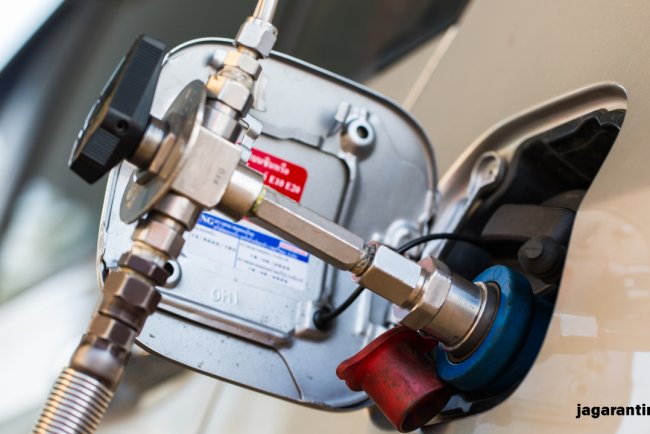Does a Mobile Charger Consume Electricity When Left Plugged In? Know the Truth
Does your phone charger consume electricity when plugged in but not charging? Discover the truth, how much energy it wastes, and how to save electricity at home.

Does a Mobile Charger Consume Electricity When Left Plugged In? Know the Truth
Most of us have the habit of leaving our mobile chargers plugged into the socket even after charging is done. While it seems harmless, an important question arises — does a charger consume electricity even when the phone is not connected?
This question isn’t just about curiosity — it’s connected to energy conservation, safety, and your electricity bill. In this blog, we’ll explore the real facts backed by science and expert opinion to uncover the truth behind standby electricity usage.
So, Does It Really Use Power?
The answer is: Yes, but very little.
When your mobile charger is plugged into the socket but not connected to a phone or device, it still draws a small amount of power. This is known as "standby power" or "vampire power" in technical terms.
How Does a Charger Work?
A mobile charger is essentially an AC to DC converter. It converts 220V AC (from your wall socket) into 5V, 9V, or 12V DC (required for mobile devices).
When the charger is plugged in, its internal transformer and circuits remain active, even if nothing is charging. This causes it to:
- Stay in a "ready" state
- Consume small currents (in milliamps)
- Heat up slightly over time
How Much Power Does It Use?
- An average mobile charger on standby draws 0.1 to 0.5 watts of electricity.
- Over 24 hours for 30 days:
- 0.1W × 24h × 30 days = 72 watt-hours (Wh)
- Which equals 0.072 kWh or units per month
This is a tiny amount, but if you have multiple chargers, TVs, and laptops always plugged in, the combined waste over a year can add up to 10–15 units of electricity or more.
Does It Affect the Electricity Bill?
Yes, but slightly.
- One idle charger may add only ₹1–2 per month
- But multiple devices on standby can raise your yearly bill by ₹100–200
Now imagine this waste on a national or global scale — the total wasted energy could power small towns!
Is It Dangerous?
Yes, leaving chargers plugged in can be risky, especially with low-quality or old chargers.
- Fire Hazard: Overheated or damaged chargers may cause short circuits or fires
- Socket Damage: Continuous use can wear out sockets and cause sparking
- Shock Risk: Plugged-in devices pose a safety risk, especially for children
How to Save Energy Effectively
1. Unplug the charger when not in use
2. Use smart power strips for multiple devices
3. Choose low standby power certified branded chargers
4. Check for idle plugs once a month
5. Turn off main switches when leaving home
Future is Smart Charging
Modern chargers and smart plugs come with auto cut-off features. These smart devices can:
- Detect when charging is complete
- Shut off power automatically
- Be controlled remotely via apps
They help reduce power waste and enhance safety.
Common Myths vs. Facts
|
Myth |
Fact |
|
Plugged-in chargers don't matter |
They do consume small amounts of electricity |
|
Branded chargers don’t use standby power |
Even they draw some power |
|
If the switch is off, no power is used |
Depends on switch position and wiring |
Even though a plugged-in mobile charger doesn’t use a lot of electricity, keeping it plugged in is wasteful and risky. A simple habit change — unplugging your charger — can save electricity and reduce fire hazards.
It's a small action with a big impact on energy saving and safety. Be smart, be aware, and make your home energy-efficient.













